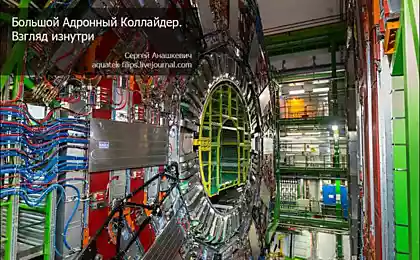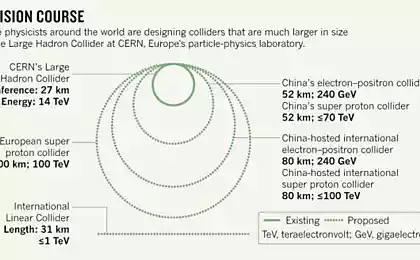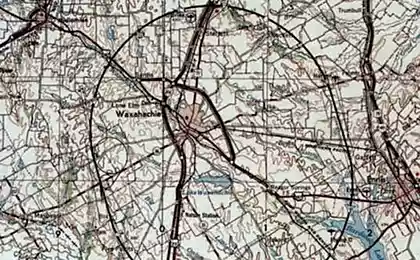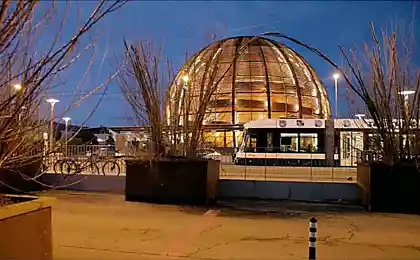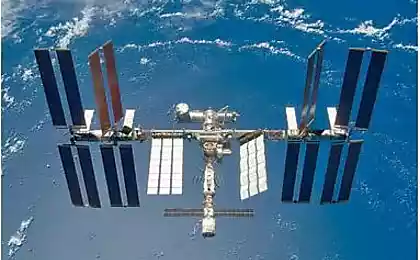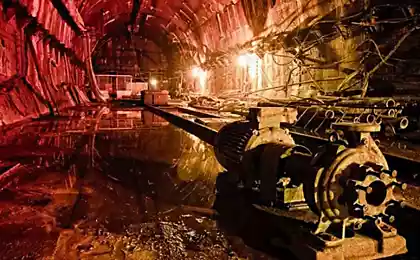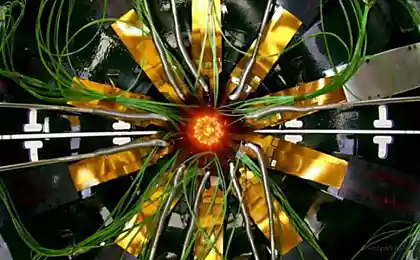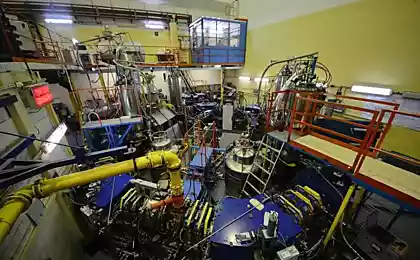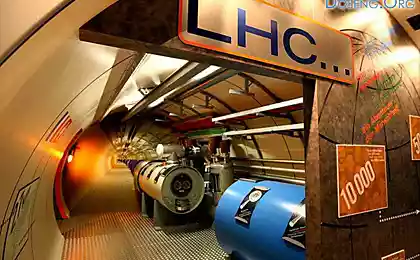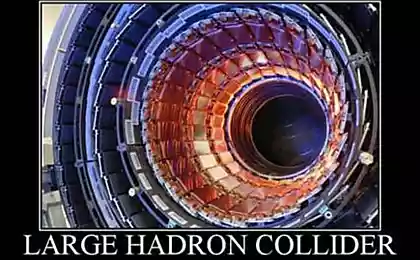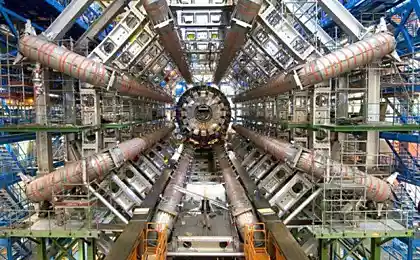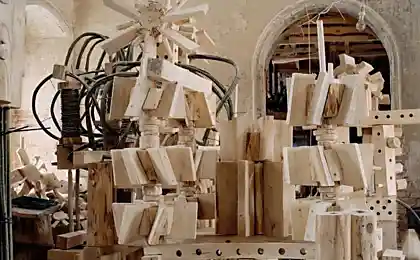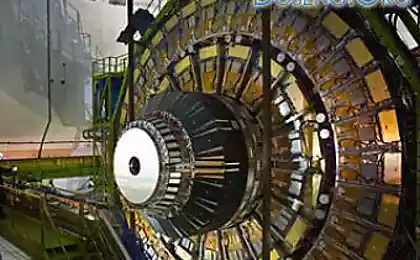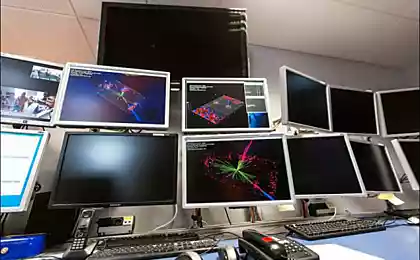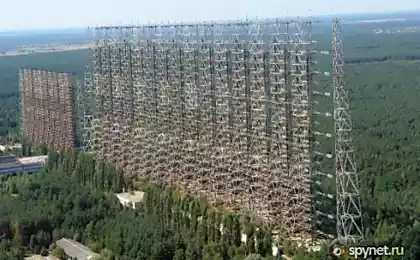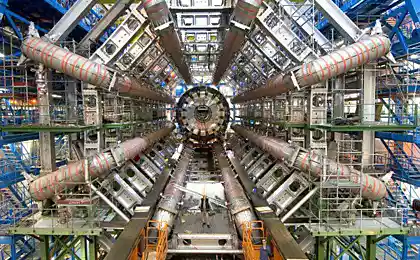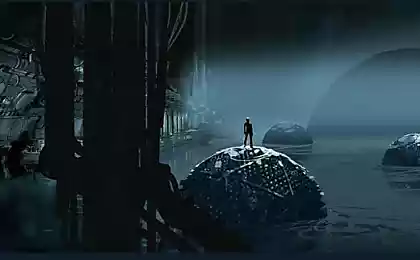1486
Large Hadron Collider re-launched (30 photos)
Large Hadron Collider - the world's largest particle accelerator - restarted after repairs, which lasted a year. It has renewed the motion of particles
Moscow. November 21st. INTERFAX.RU - The world's largest particle accelerator - the Large Hadron Collider (LHC) - After last for one year repair re-launched. This was reported by the BBC, with reference to the representative of the European Centre for Nuclear Research (CERN) in Switzerland.


The cost of repairs amounted to 23 million euros. Now Collider is OK, it has renewed the motion of particles. CERN experts intend to gradually increase the velocity of the particles. It is expected that in 2010 the LHC will work very intensively and could allow scientists to make several important observations. Next stop is planned accelerator to engineers were able to improve the collider, after which the device will be able to operate at full capacity.
It was after this, scientists intend to use the collider to determine how the universe was created. For the first time the LHC was launched in September last year.

Nobel Laureate in Physics David Gross (USA) in September said that the launch of the LHC will give a new impetus to the development of fundamental science. "We look forward to working with the Hadron Collider in November. We hope it will make the unseen to this study and will open a new world of physics, "- said the scientist at the meeting of Nobel laureates with students and faculty of St. Petersburg State University (SPSU) on Friday.
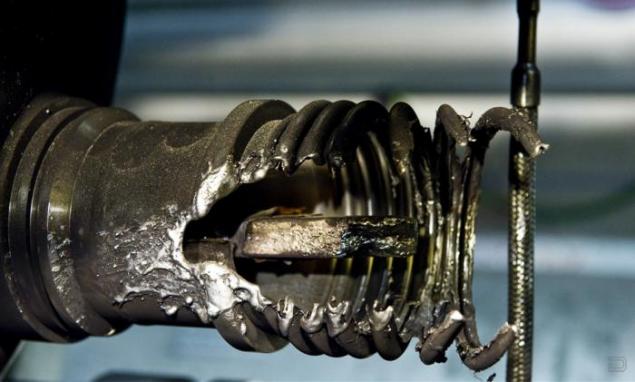
According to Gross, the collider will make "such discoveries, which we did not even suspect, and overcome the barriers faced by fundamental physics today».
The Large Hadron Collider was built on a 100-meter depth under the border of France and Switzerland and is a 27-kilometer circular tunnel, which is set particle accelerator in the form of a giant pipe.

The purpose of research - to run beams of protons in opposite directions, to disperse them to enormous velocities close to the light, and then some of them will face each other with an energy of 14 TeV. At these energies must be born new elementary particles, and scientists are going to get closer to the answer, how the universe was created, in particular - to prove experimentally the existence of the Higgs boson, or "God particle", which, according to the Standard Model of physics, has created a whole mass of the universe. < br />
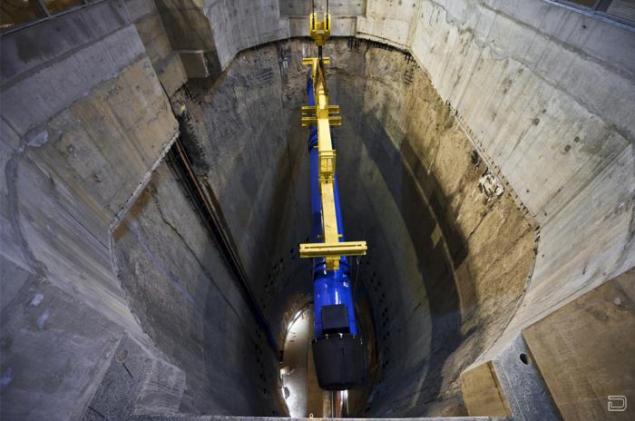
In addition, the scientists intend to test a number of theories about the creation of the world. In particular, the theory of "supersymmetry", "Higgs mechanism", the so-called "exotic" theory, and explore the most difficult of the currently known fundamental particles of the top quark and hold the collision of lead nuclei, which resulted in the expected formation temperatures of about one and a half trillion degrees that existed at the very beginning of the universe.
Interfax
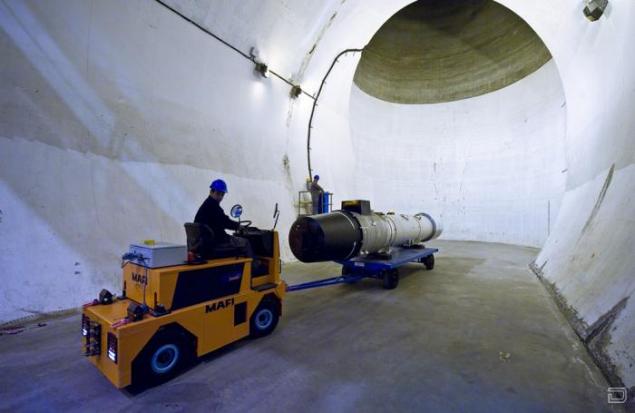
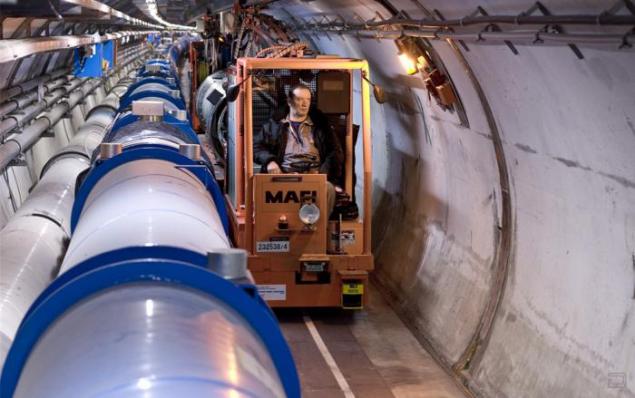
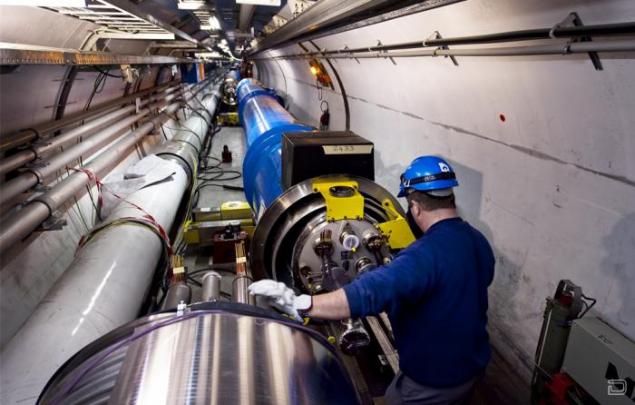
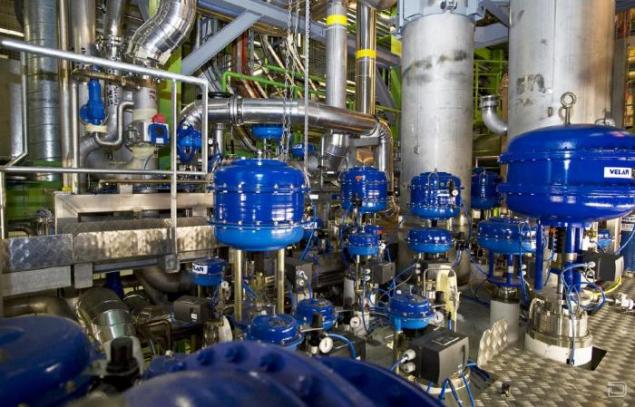


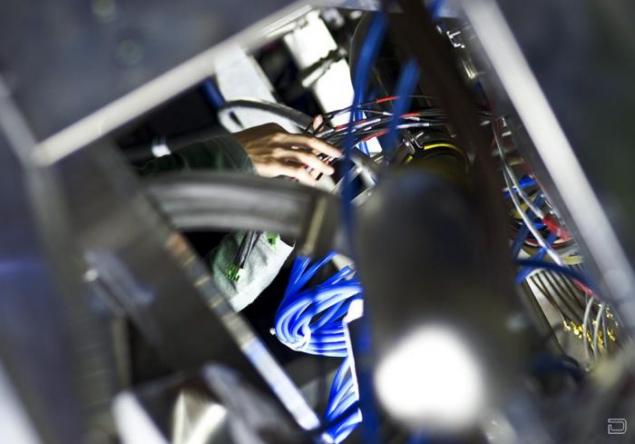

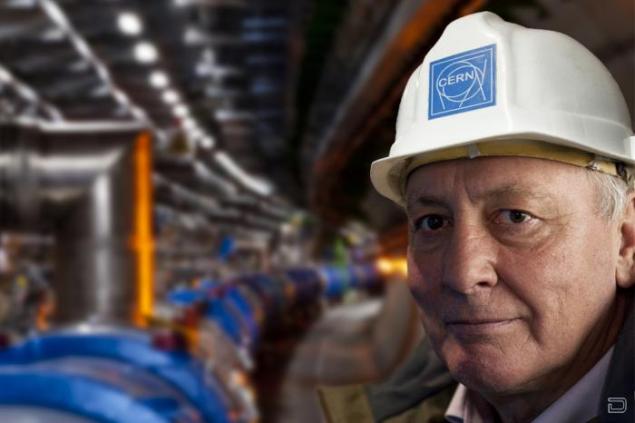
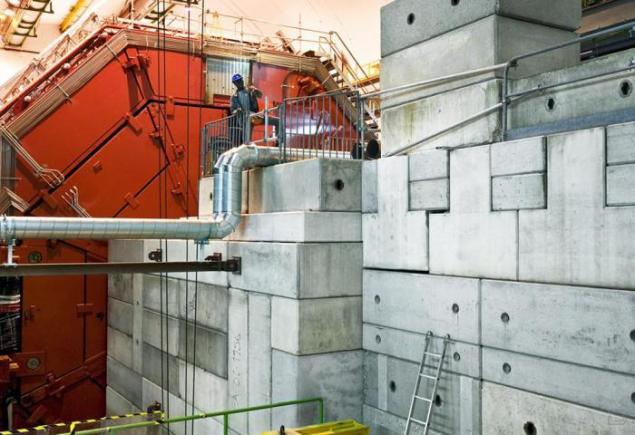
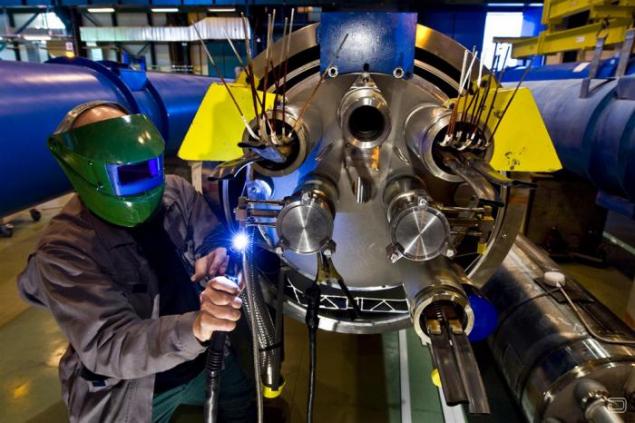
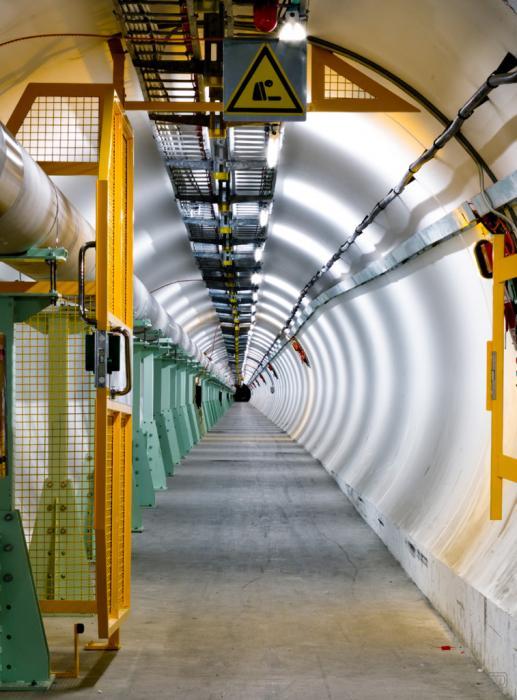
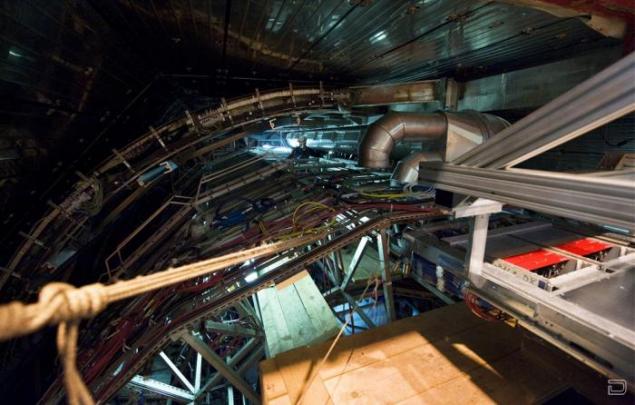
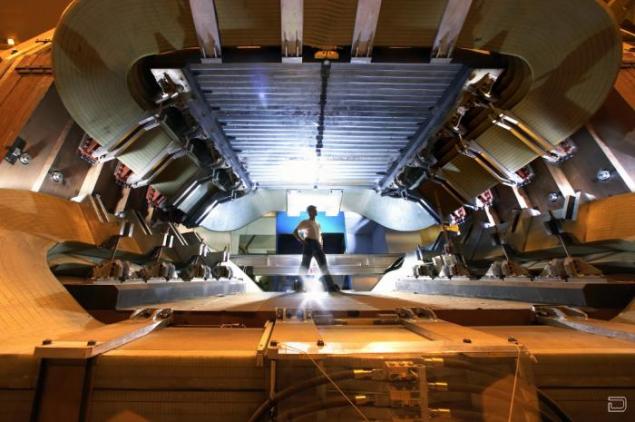
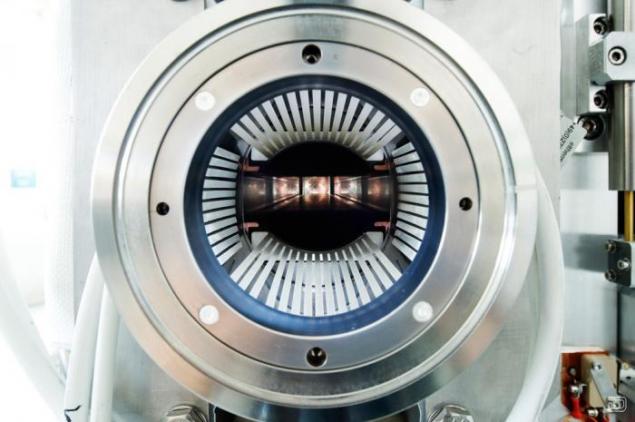
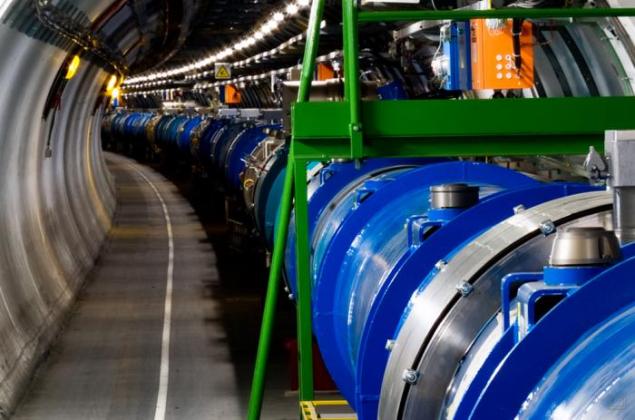
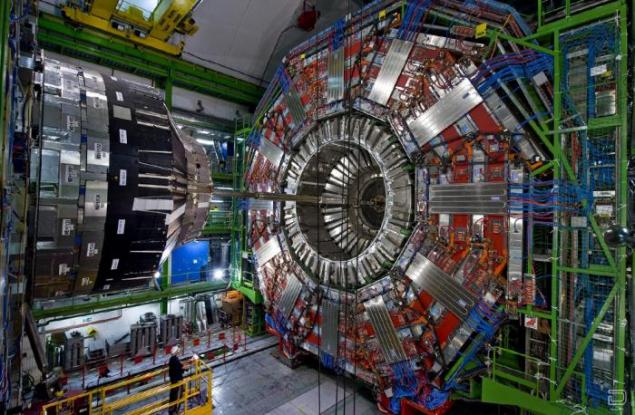
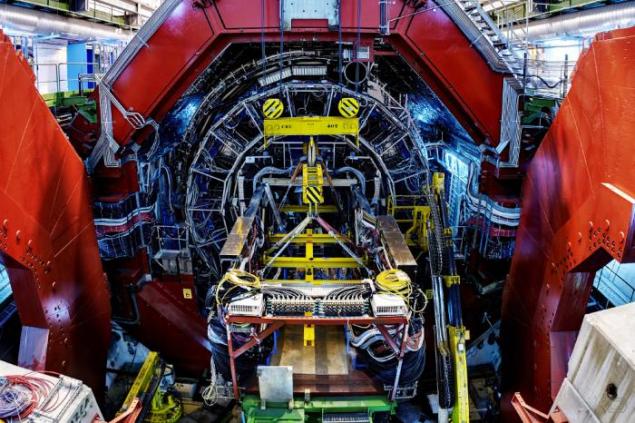
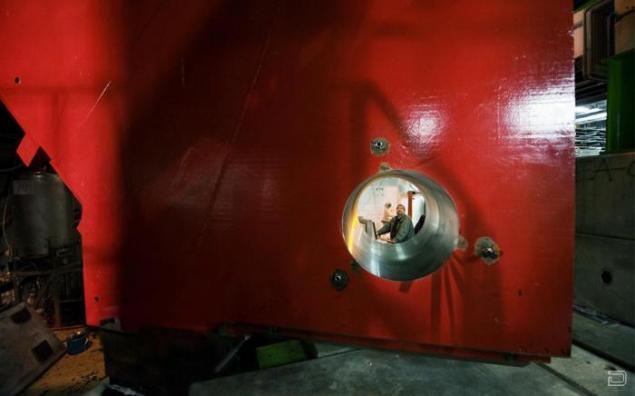
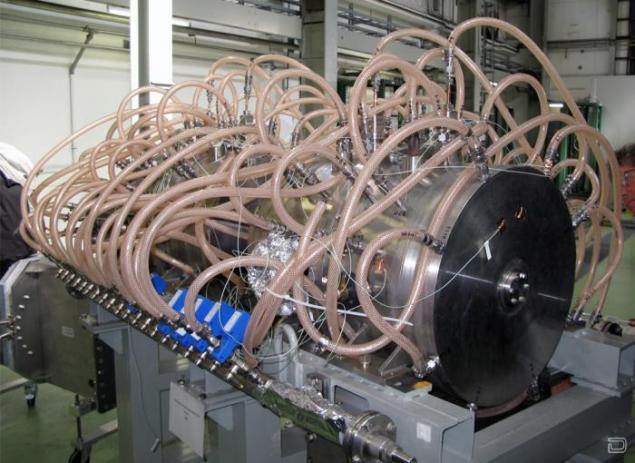
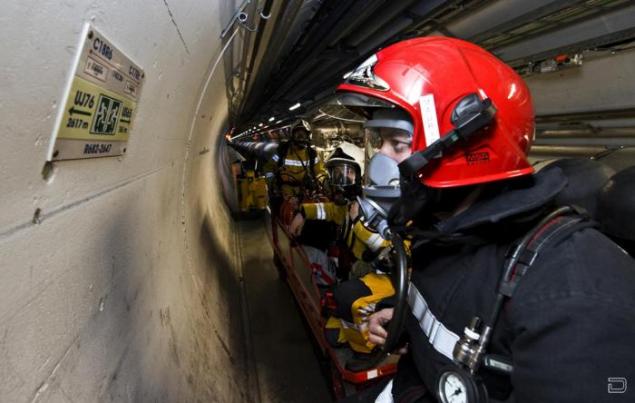
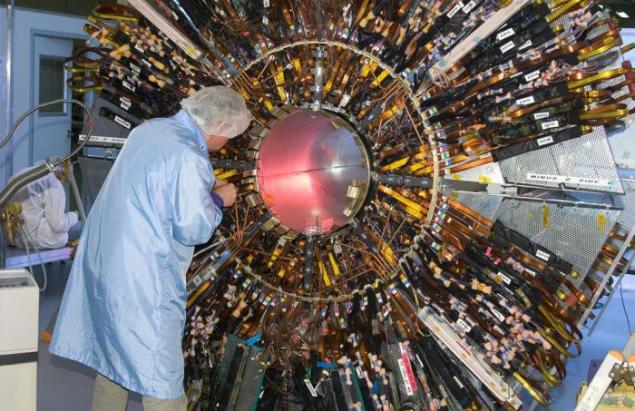
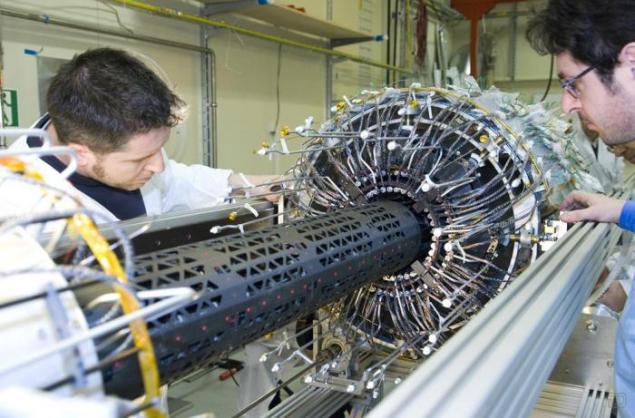

Moscow. November 21st. INTERFAX.RU - The world's largest particle accelerator - the Large Hadron Collider (LHC) - After last for one year repair re-launched. This was reported by the BBC, with reference to the representative of the European Centre for Nuclear Research (CERN) in Switzerland.


The cost of repairs amounted to 23 million euros. Now Collider is OK, it has renewed the motion of particles. CERN experts intend to gradually increase the velocity of the particles. It is expected that in 2010 the LHC will work very intensively and could allow scientists to make several important observations. Next stop is planned accelerator to engineers were able to improve the collider, after which the device will be able to operate at full capacity.
It was after this, scientists intend to use the collider to determine how the universe was created. For the first time the LHC was launched in September last year.

Nobel Laureate in Physics David Gross (USA) in September said that the launch of the LHC will give a new impetus to the development of fundamental science. "We look forward to working with the Hadron Collider in November. We hope it will make the unseen to this study and will open a new world of physics, "- said the scientist at the meeting of Nobel laureates with students and faculty of St. Petersburg State University (SPSU) on Friday.

According to Gross, the collider will make "such discoveries, which we did not even suspect, and overcome the barriers faced by fundamental physics today».
The Large Hadron Collider was built on a 100-meter depth under the border of France and Switzerland and is a 27-kilometer circular tunnel, which is set particle accelerator in the form of a giant pipe.

The purpose of research - to run beams of protons in opposite directions, to disperse them to enormous velocities close to the light, and then some of them will face each other with an energy of 14 TeV. At these energies must be born new elementary particles, and scientists are going to get closer to the answer, how the universe was created, in particular - to prove experimentally the existence of the Higgs boson, or "God particle", which, according to the Standard Model of physics, has created a whole mass of the universe. < br />

In addition, the scientists intend to test a number of theories about the creation of the world. In particular, the theory of "supersymmetry", "Higgs mechanism", the so-called "exotic" theory, and explore the most difficult of the currently known fundamental particles of the top quark and hold the collision of lead nuclei, which resulted in the expected formation temperatures of about one and a half trillion degrees that existed at the very beginning of the universe.
Interfax
























